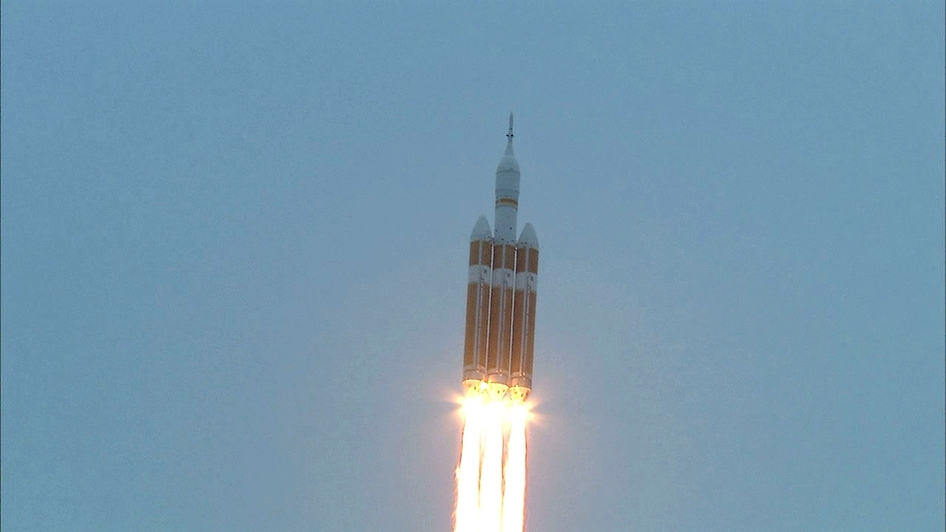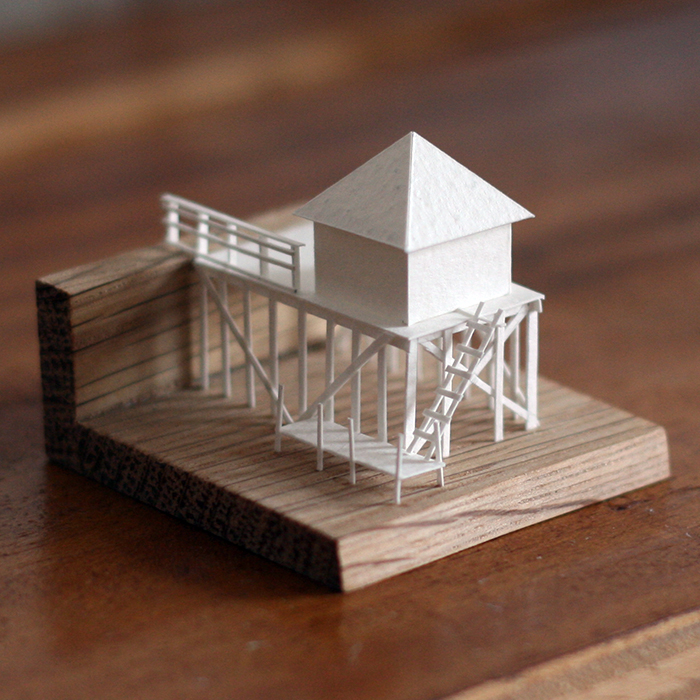
[Image via Sterling Davis / Curbed LA flickr pool]
This week the Los Angeles Department of City Planning released a revised version of the Mobility Plan 2035, an aspirational, wide-ranging blueprint for getting around Los Angeles in the next 20 years. The 180-page plan touches on virtually every aspect of mobility in Los Angeles, from walking and bikes to buses and trains, in an attempt to integrate them all into something resembling a cohesive vision. Major goals of the plan include establishing a network of "Complete Streets" that are accessible for both people and cars, reducing greenhouse gas emissions, and solving the ever-vexing "first-mile/last-mile" issue for getting people to and from all those transit stops already here and on the way. The agency takes pains to explain that not all objectives will be accomplished —the plan is "a working guide and a reference document"— but it's fun to see the dream.
Biking is a big part of the plan. Paths, lanes, and protected lanes are all to be sewn together into the Bicycle Enhanced Network, which will allow Angelenos to commute by bike comfortably, without having to dodge cars to the left and open doors to the right. Major streets will be reclassified into two levels of boulevards and three levels of avenues, with the hope that it will "result in streets that better serve all users and needs." Reliability of public transit is also of concern; the plan aims to establish off-peak 5 minute bus frequency on a quarter of the transit network, and 15 minute frequency on all of it.

Other notable programs include:
· Industrial Street Infrastructure: "Provide adequate street infrastructure in established industrial areas; revise geometric design standards for intersections in/around industrial areas with high truck volumes." (Try riding a bike down Alameda between Seventh and Olympic to see how necessary this is.)
· Grade Crossing Elimination: "Work with Southern California Regional Railroad Association (Metrolink) as well as with freight rail operators to eliminate rail/street at-grade crossings on regional passenger rail and freight lines." (No more of this)
· Congestion and Cordon Pricing: "Evaluate potential revenues and performance improvements in congestion relief from the implementation of congestion or cordon pricing. Identify the boundaries of, and access points in and out of cordon pricing districts on which to implement congestion pricing." (London does it, why not LA? We already have a version in the ExpressLanes toll lanes on some of our freeways, which charge drivers varying amounts depending on how bad traffic is.)
· City Fleet: "Develop, fund, and implement an actionable strategic plan with accompanying timeline for converting the City's, including proprietary departments, fleets into low and zero-emission vehicles, and include alternative transport such as transit passes and a City bicycle fleet." (Tesla bus?)
· Meter Pricing: "Establish demand based meter pricing to maximize efficient use of on-street meters." (Either you'll find an open meter, or it'll cost so much you'll leave it open for someone else; it's already been very successful in Downtown.)
· Bus Bike Racks: "Work with transit providers to provide solutions for additional bike storage, such as bike rack systems to accommodate at least three bicycles on-board
the bus, or permitting bicyclists to board with their bicycles at the rear of the bus." (Try getting from Westwood to Van Nuys with a bike today.)
· Trash Facilities: "Increase the number of trash cans on sidewalks. Work with local business and community organizations to develop an adopt-a-trash can program." (Amen.)
The public comment period on this draft report lasts until April 6. The City Planning Commission will be presented with the final environmental impact report on May 14. —Ian Grant
· Mobility Plan 2035 [LADCP]
· ExpressLanes [Curbed LA]
· Experimental Downtown Parking Program Lowering Rates, Filling Spaces, Spreading to Westwood [Curbed LA]







 Hollywood's big ole party to itself is happening next Sunday, so get ready for sidewalk and road closures in the area as they prep for the 87th annual Oscars, happening on February 22. [
Hollywood's big ole party to itself is happening next Sunday, so get ready for sidewalk and road closures in the area as they prep for the 87th annual Oscars, happening on February 22. [ 










 Xeni Jardin collects news, videos and images of the new Nasa launcher that will take humankind to Mars.
Xeni Jardin collects news, videos and images of the new Nasa launcher that will take humankind to Mars. 











